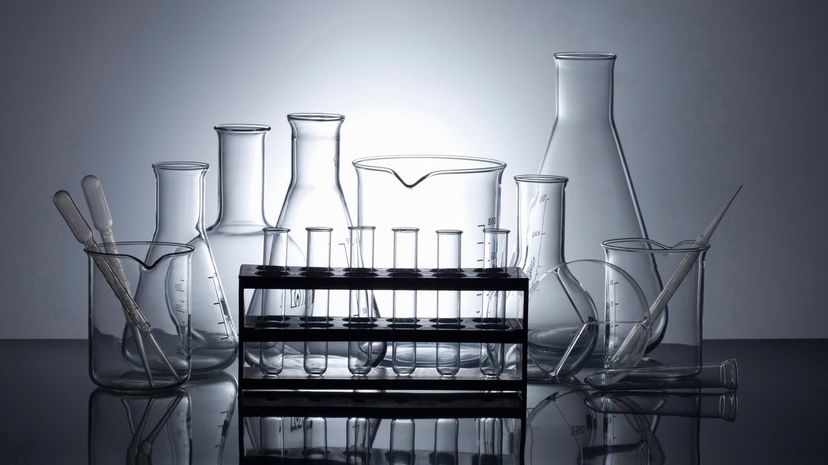
About This Quiz
You remember your high school days, don't you? There was always buzz around the class on the days you knew that chemistry experiments would take place, right? Breaking up into groups, you would be given a whole host of interesting equipment to perform the experiments with.Â
These included Bunsen burners, flasks, test tubes and wire gauze, for example. These are just a few examples of what you can find in a laboratory when it comes to equipment. Of course, it also depends on that laboratory's focus point. For example, a biology laboratory is going to be very different from a chemistry laboratory.Â
Outside of a school environment, laboratories are massive and have many different types of equipment that you may not ever have seen before. Certainly not in the school environment. And for that reason, the "Can You Identify the Lab Equipment From an Image?" is pretty tough. It certainly will have you thinking back to your high school days as you try to set on the name of a peculiar looking flask.Â
But just take your time, and if you really don't know, we have proved hints to give you a bit of a helping hand. Good luck!

Depending on the nature of an experiment in laboratory conditions, you might need to time certain aspects of it. And the most accurate way to do this is with a timer. And what's the most accurate time? A stopwatch, of course!

If an experiment calls for water to be separated from solids, you would us an evaporating dish. Don't worry, you don't need to wait for this process over time as the dish can be placed over a burner to speed up the process.
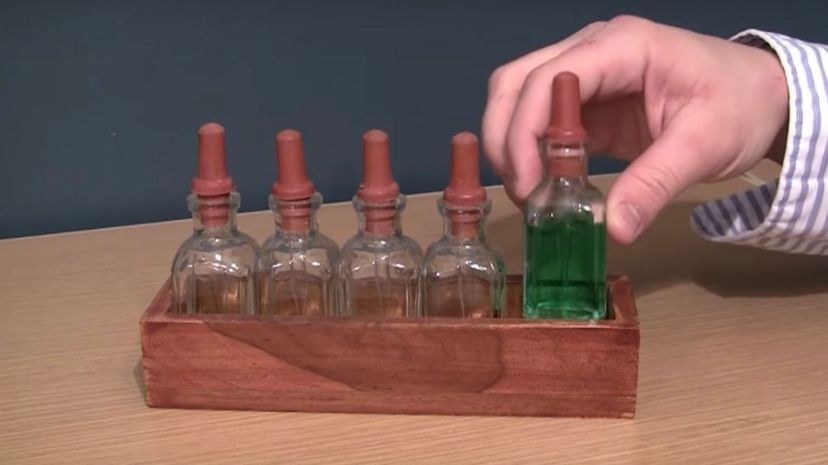
Barnes bottles are usually used in a laboratory when liquids need to be stored. And how are they different from other bottles? Well, they usually have a dropper which can be used to pick up liquids and drop them where needed, one drop at a time.
Advertisement
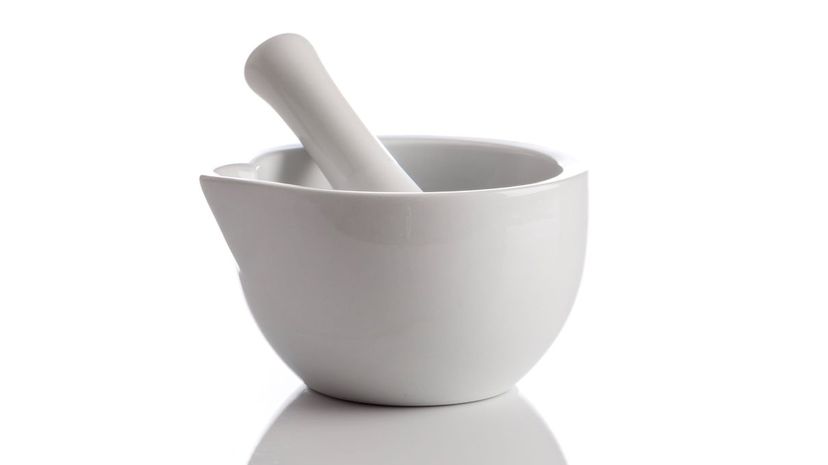
A pestle and mortar would not only be found in your kitchen but in a chemistry laboratory as well. Why? Well, it is useful for grinding up reagents for example, making them into a fine powder.
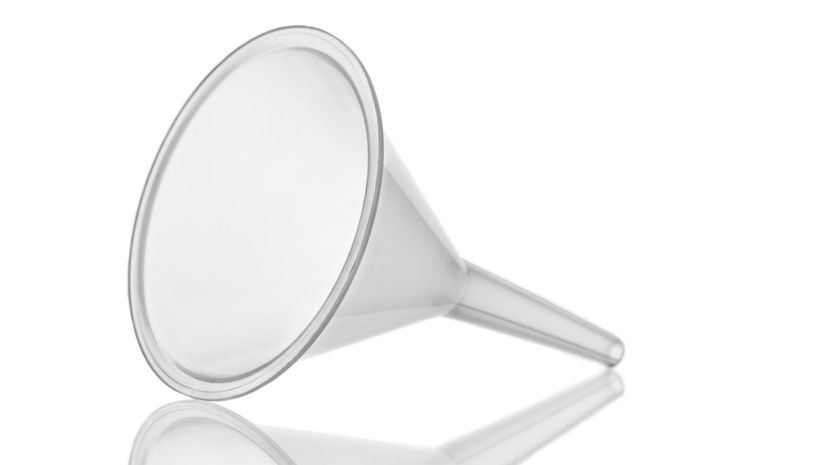
Every good lab is going to need a funnel from time to time. Whenever you need to pour a liquid into a vessel with a narrow neck, better to do it with a funner to avoid spillage... especially if it is a harmful liquid!
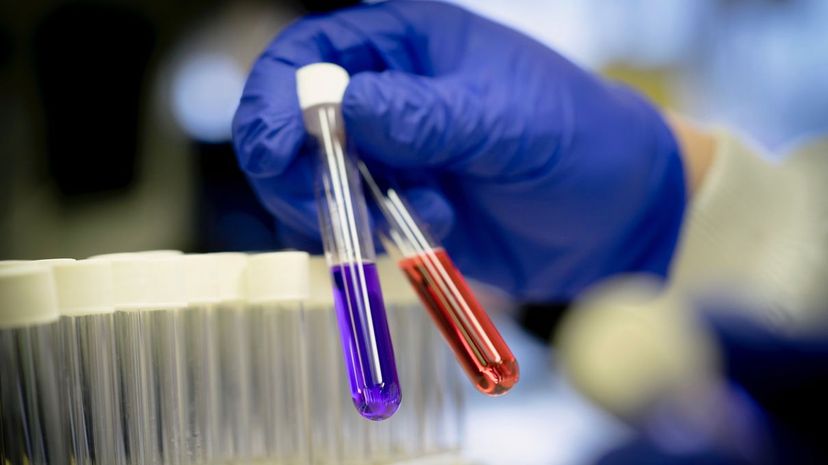
Perhaps one of the first pieces of laboratory equipment you might have worked with at high school, test tubes come in a range of shapes and sizes. They have many uses including mixing solutions, heating solutions, to observe reactions or to heat or melt solids.
Advertisement

Chemicals can be dangerous, and taking the correct precautions while working with them is essential. This means wearing the correct safety equipment. Goggles will help protect your eyes, especially when working with volatile liquids or conducting experiments.

Filter flasks use filter paper to filter various mixtures needed for experiments. It includes a tube at the top which stops the build up of unwanted pressure in the tube.
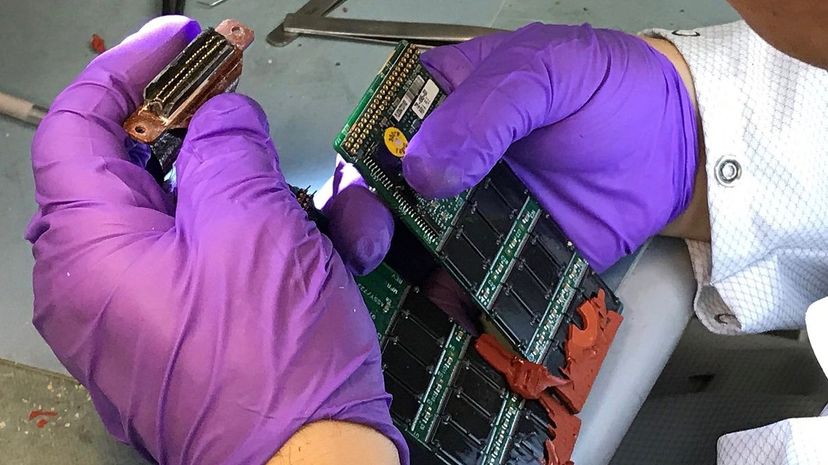
Chemicals can be dangerous, and taking the correct precautions while working with them is essential. This means wearing the correct safety equipment. Gloves will help protect your hands. Normally, a lab would have both leather and nitrile gloves available.
Advertisement
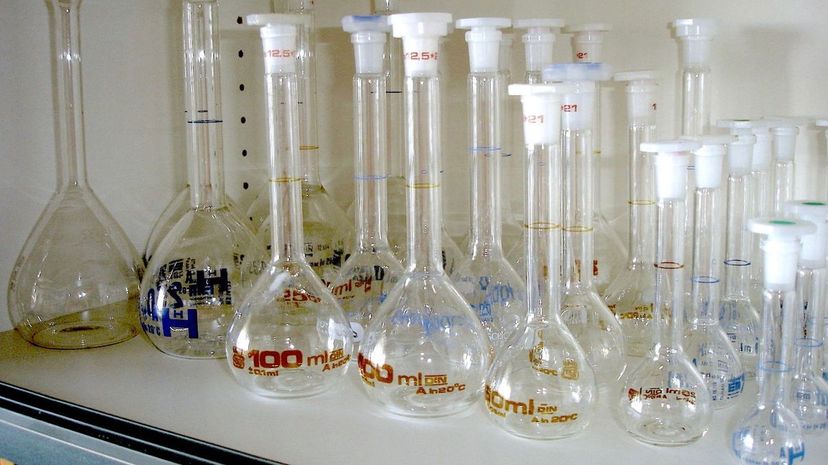
When solutions or liquids need to be accurately prepared or measured, you would use a volumetric flask. These flasks come in a range of different sizes perfect for any laboratory experiment you might choose to do.
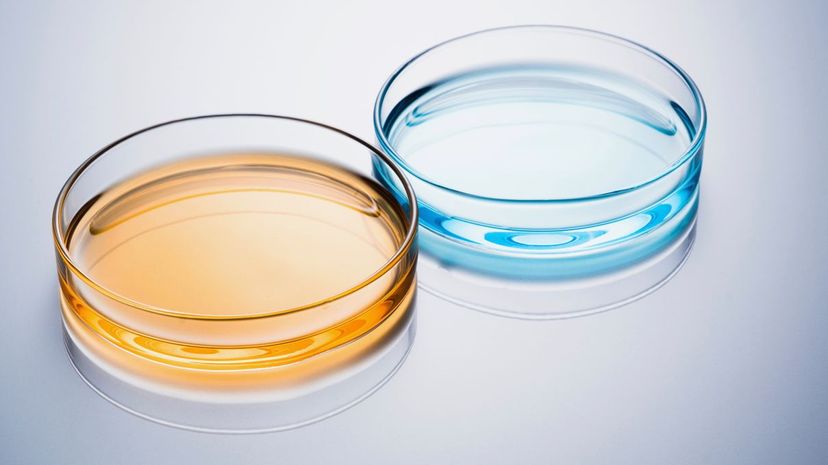
Petri dishes are used to make agar plates for microbiology studies. This shallow dish is partially filled with warm liquid containing agar and a mixture of specific ingredients such as nutrients, blood, salts, dyes, amino acids, or antibiotics. After, they are incubated for period of time and then studied.
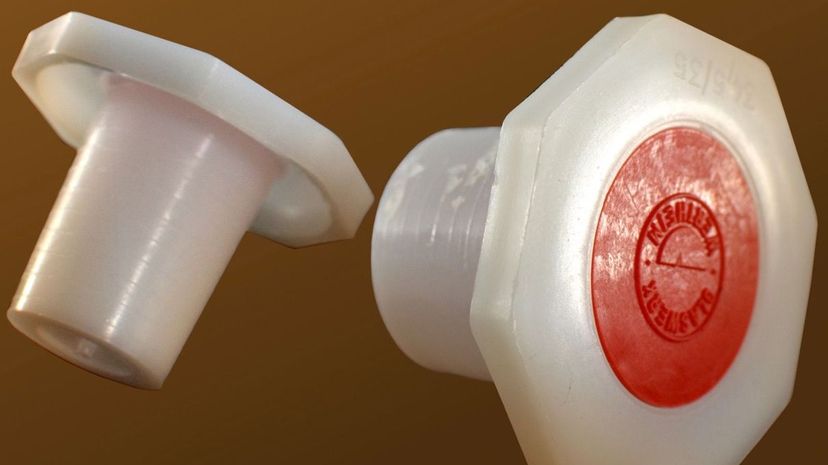
While conducting experiments or even when storing liquids, flasks might need to be closed. To do this, you would need a stopper. Stoppers are available in of different sizes and can be found for most laboratory glassware with an open top.
Advertisement

You remember them for high school, don't you? They were only brought out for certain experiments and only given to the "responsible" students. Bunsen burners come in many shapes and forms and generally run on butane, propane or alcohol.
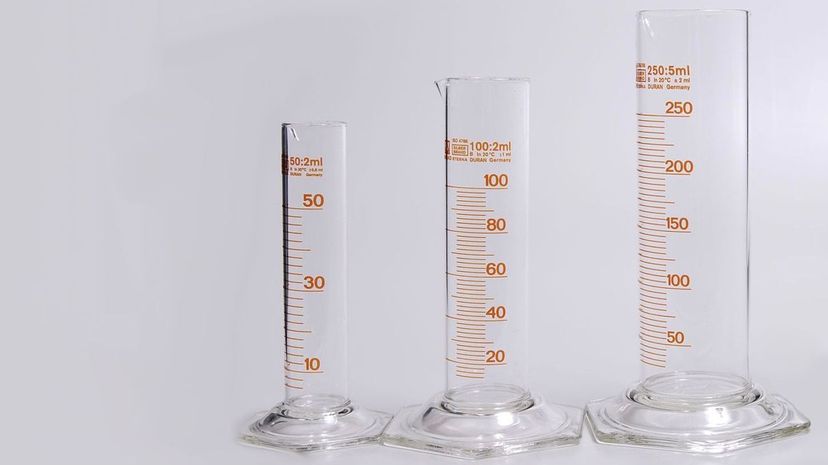
Any precise and accurate measuring of liquids should be done with a graduated cylinder. The smallest sizes are the most accurate but of course, do not hold as much liquid.

Griffin beakers can be used in a number of ways in a laboratory, particularly when it comes to experiments with liquids. Not only can they store liquids but they can be used to mix them as well. They are also used as sand or water baths.
Advertisement
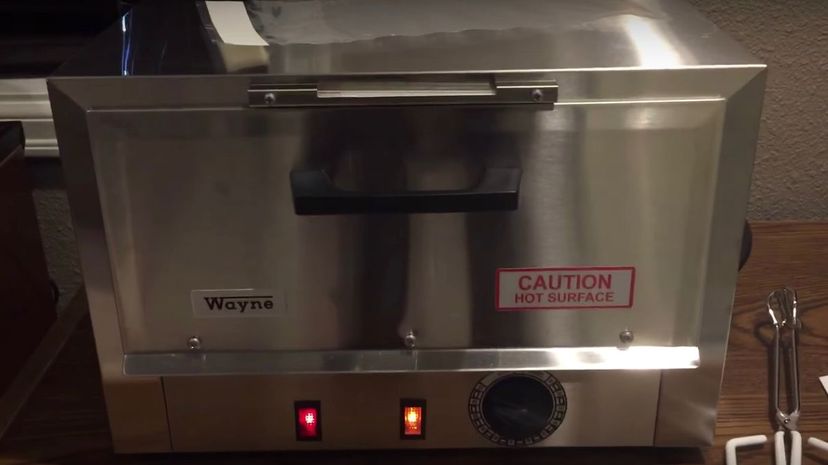
Why would you need an oven in a laboratory? Well, a dry heat oven is a great addition to any laboratory in which equipment needs to be sterilized. Simply place it in the oven, leave it for the recommended period and your equipment is good to be used again.
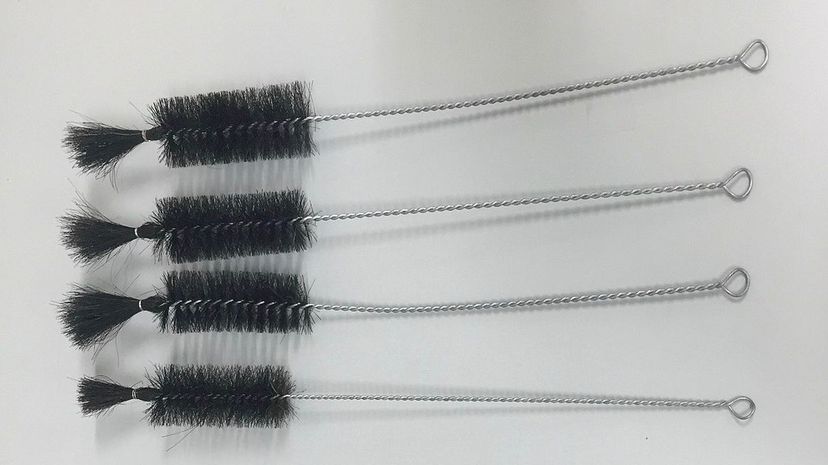
In a laboratory, test tubes are often the most used containers when it comes to holding or mixing liquids. And these need to be cleaned. A special test tube brush will get the job done right.
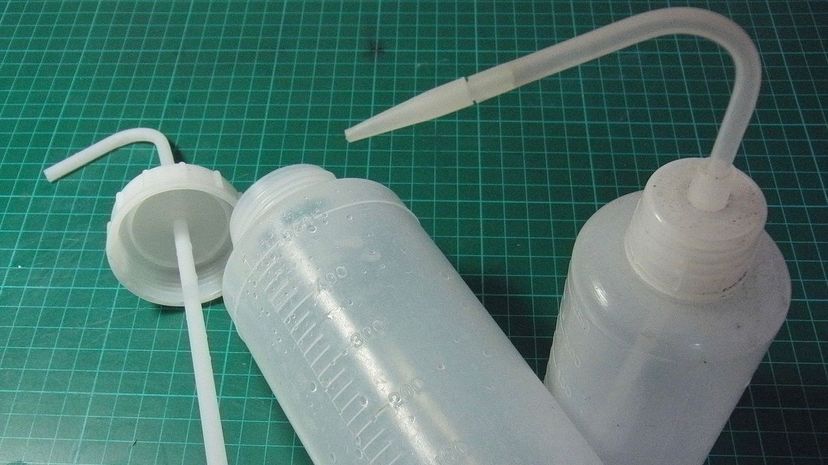
Every lab will have a wash bottle, or more! With a plastic nozzle attached to it, a wash bottle can be used to clean equipment or to apply solutions as need be.
Advertisement
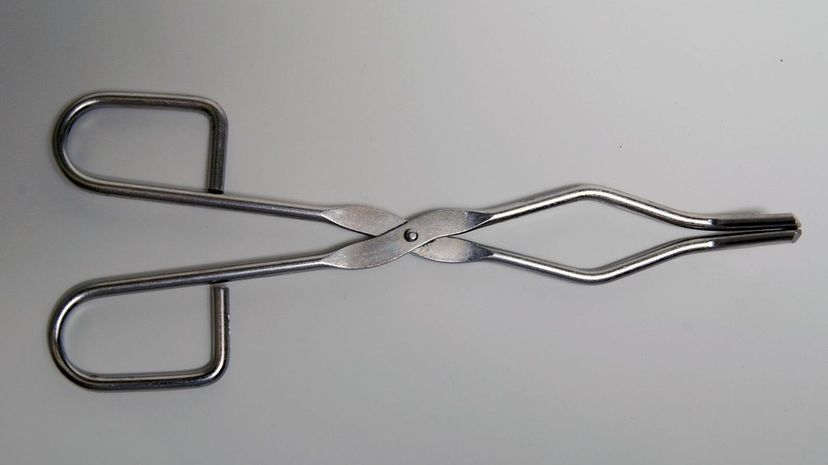
A pair of tongs is a must around a laboratory. They are especially useful when dealing with dangerous liquids, or when liquids have been heated. Instead of touching them with your gloved hands, you can move it around using the tongs.
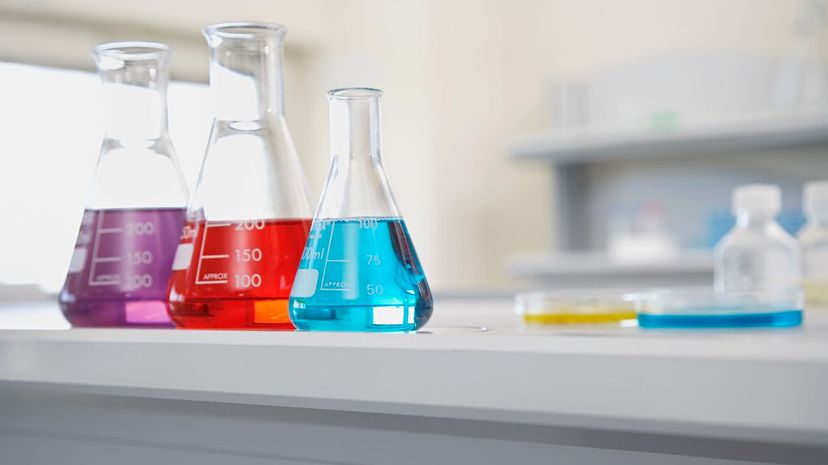
Erlenmeyer flasks can be used in a number of ways in a laboratory, particularly when it comes to experiments with liquids. Not only can they store liquids but they can be used to mix them as well or to catch gases.

You have seen them all before right? In every laboratory you go into, the staff frequenting it will be wearing a lab coat. This is to help protect their clothing from chemicals etc.
Advertisement
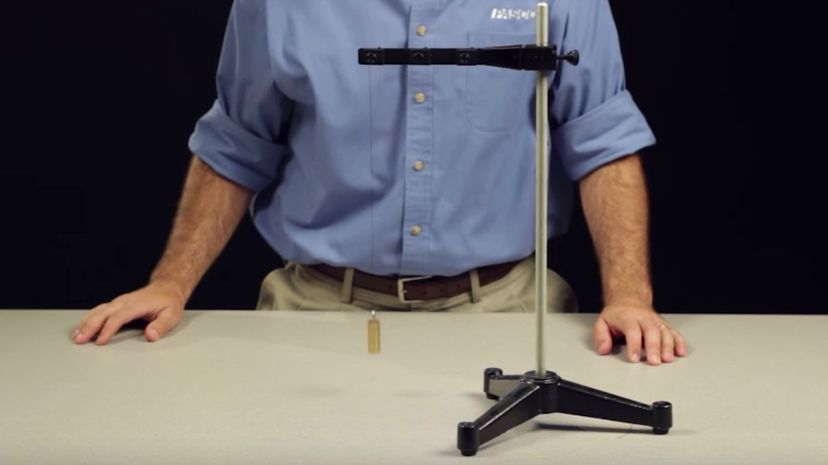
Lab stands are found in every laboratory. They can be used to hold beakers over a burning flame or to support flasks or test tubes. Lab stands come in many different layouts including tripods, support stands or wire stands.

Test tubes are used everyday in laboratories. If you are working with just one and don't want to hold it all the time, just place it in a test tube holder.
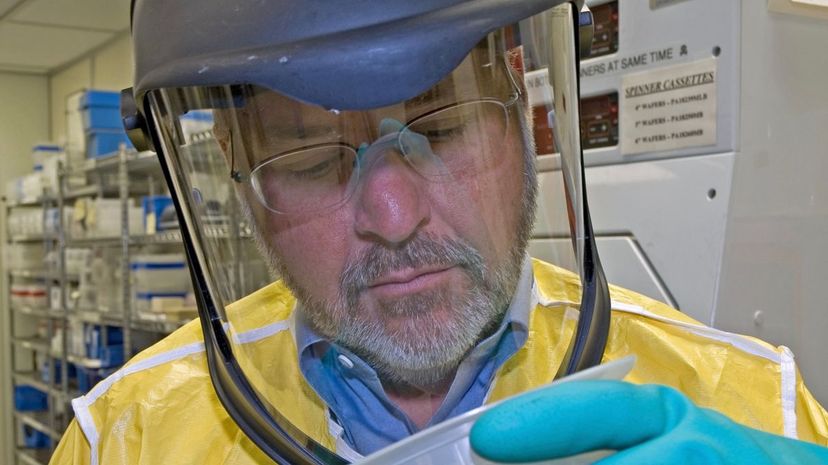
When working with any experiments in which a volatile or otherwise dangerous or toxic substance will be used, it's best to wear a face shield, so you are protected. They are usually made of clear plastic.
Advertisement
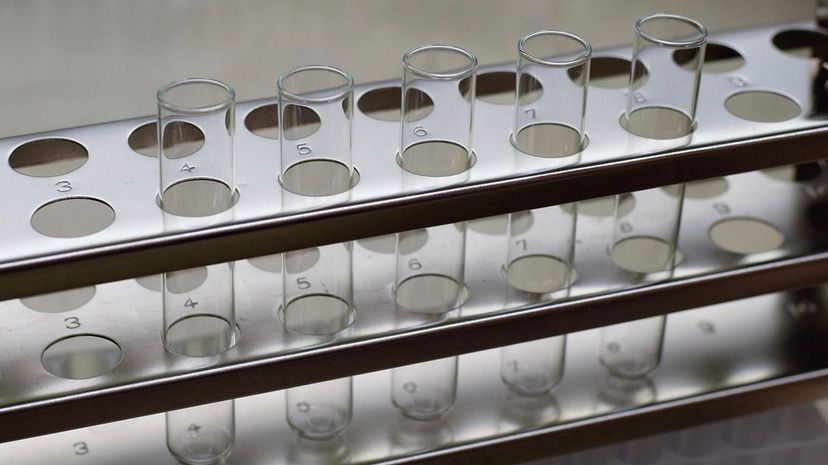
In a laboratory, test tubes are often the most used containers when it comes to holding or mixing liquids. And they don't stand by themselves, so when you are not using them, place them in a test tube rack.
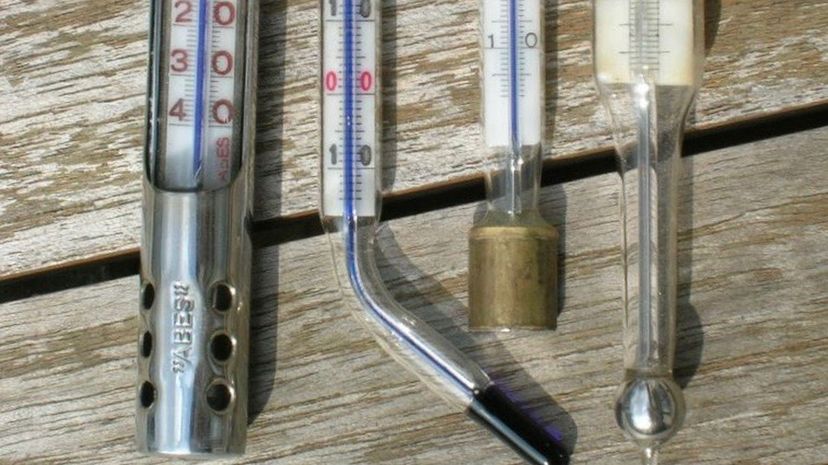
Why you would need a thermometer in a laboratory is pretty self explanatory. It allows you to measure the temperature of liquids when conducting experiments.
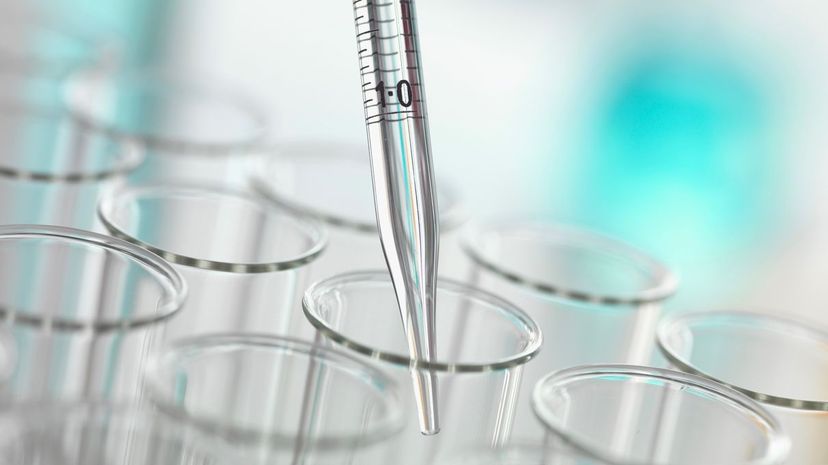
A pipette is a glass tube that can be used to measure liquids or transfer them where needed. Usually, these are marked to allow precise measurements and sometimes come with a dropper. Otherwise, liquids are just kept in place by holding your thumb over the top opening once drawn up.
Advertisement
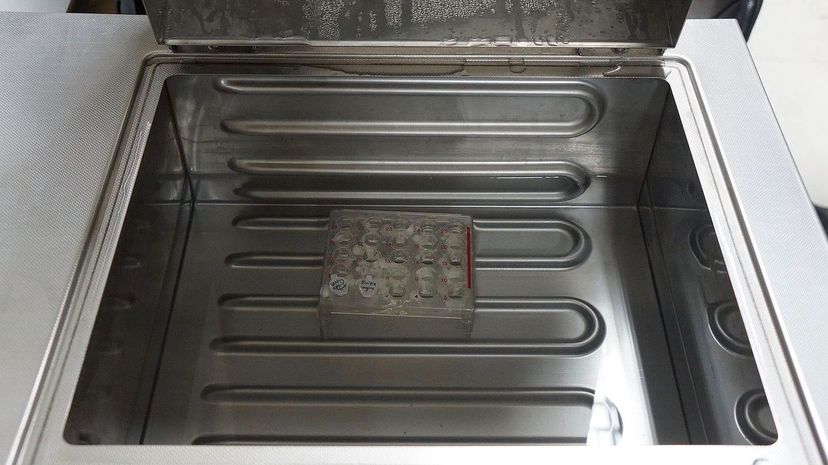
A heated bath is used if you need a chemical reaction to occur while the temperature is elevated. A simple metal container, you would use water if the experiment is conducted below 100 °C and oil if above.
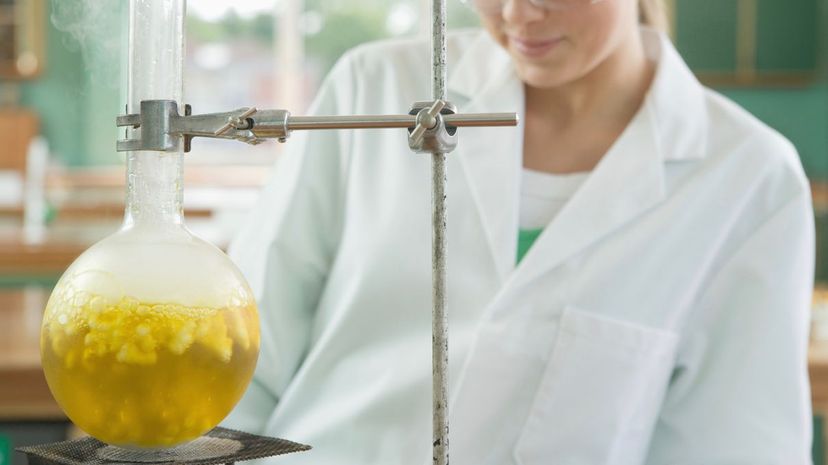
These flasks are rounded in shape so that any liquid heated or boiled in them is done so in a uniform manner. But they are not only for heating liquid. They can be used to collect vapors from experiments or for mixing different liquids.
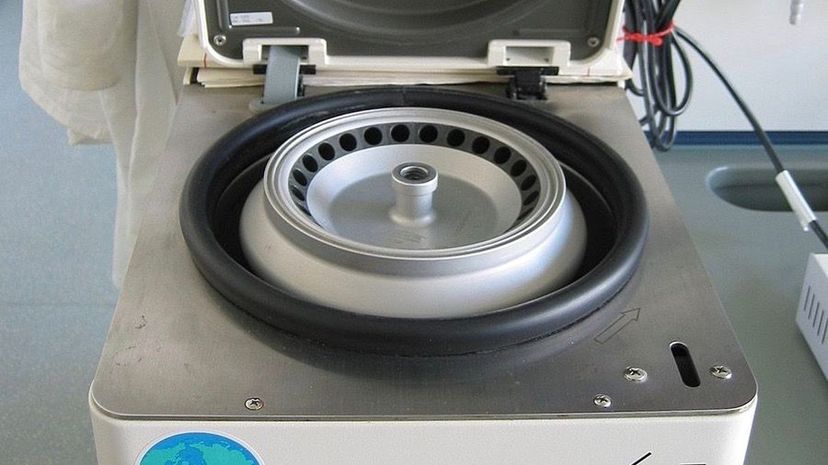
A centrifuge is driven by a motor, which spins samples at high speeds. The centripetal acceleration is used to separate substances of greater and lesser density.
Advertisement
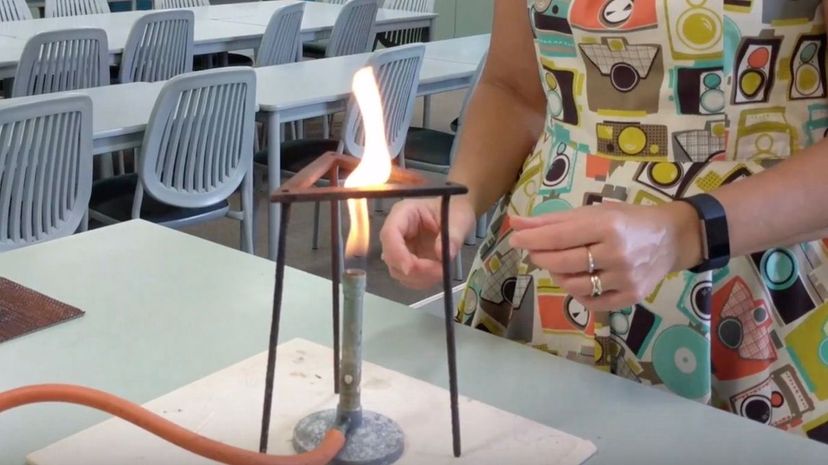
Tripods are extremely useful in a laboratory situation. This is a three-legged platform upon which beakers, flasks or other equipment can be placed. Tripods are usually made out of aluminum or stainless steel.
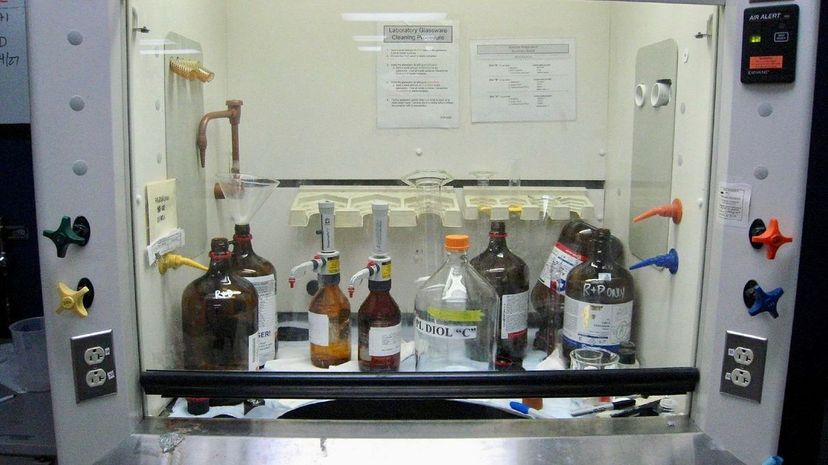
Experiments with chemicals can often produce toxic fumes. When a scientist knows this will happen, they will conduct the experiment near a fume hood. This draws any harmful fumes away. It is also known as a fume cupboard.
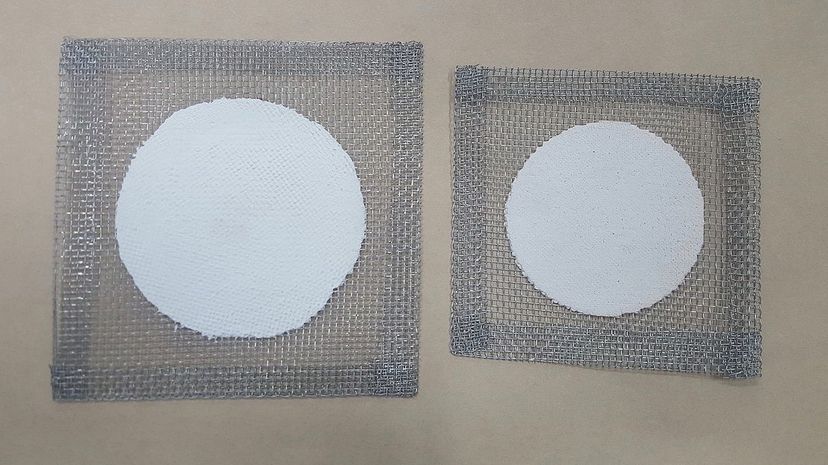
Where would you need wire gauze in a laboratory? Well, when you need to heat a liquid in a flask but only have a round stand, you can place the gauze across the stand to provide a stable platform to put the flask on.
Advertisement
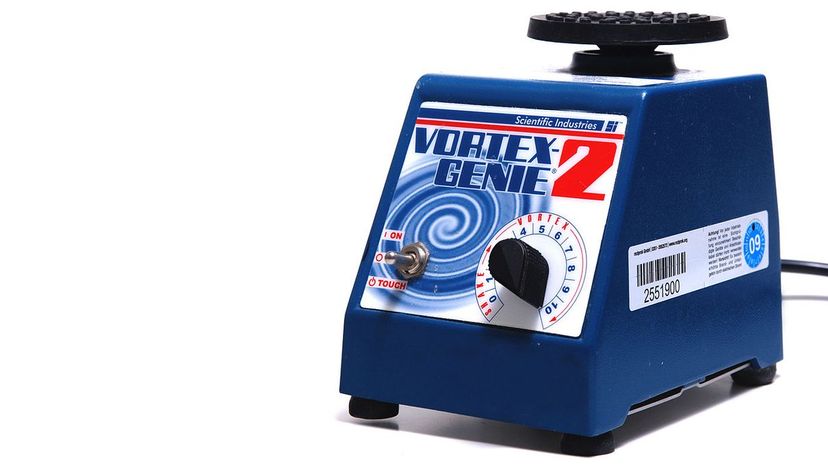
If a two liquids need to be blended together, or perhaps agitated, you would place it in a flask and then into a shaker. These are usually found in biology or chemistry lab although in recent times have been replaced by a magnetic stirrer.
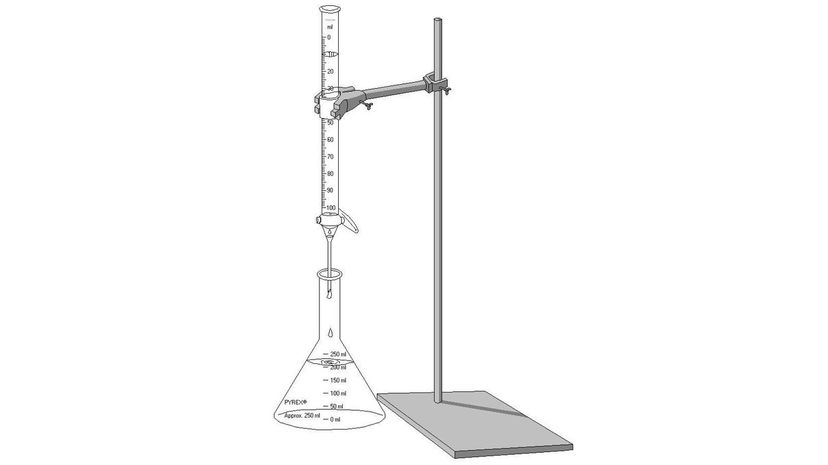
A burette is a precise laboratory device. Usually placed in a stand, it is filled with liquid which can then be tapped out drop by drop using a small tap on the burette.
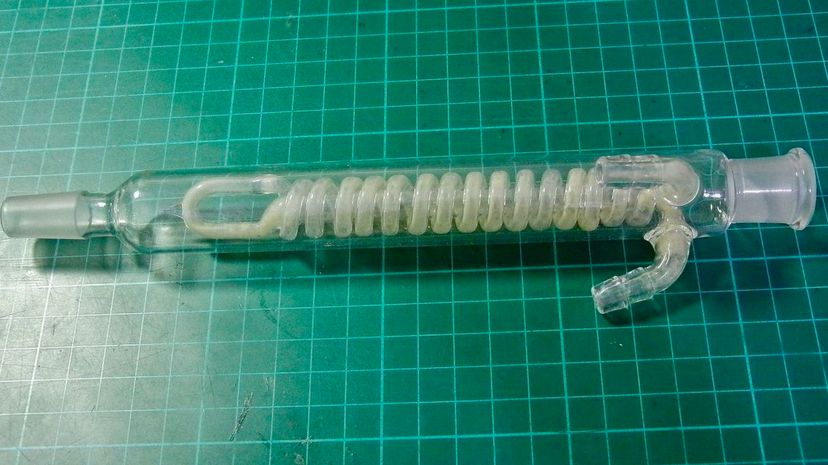
In laboratory experiments, vapor often need to be turned into liquid at some point. To do this, you can use a condenser. How does it work? Well, the vapor is passed through a long coiled tube where it cools and turns back into a liquid.
Advertisement
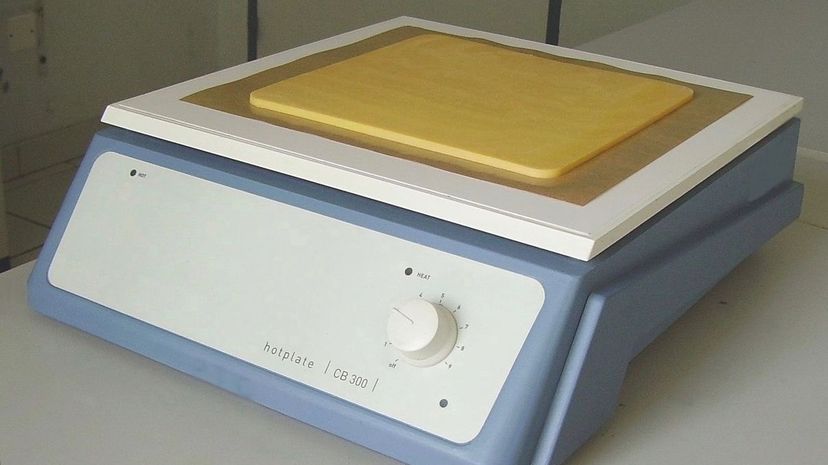
In laboratories, hot plates are generally used to heat glassware or its contents. In student labs, hot plates are used because baths can be hazards if they spill, overheat or ignite.
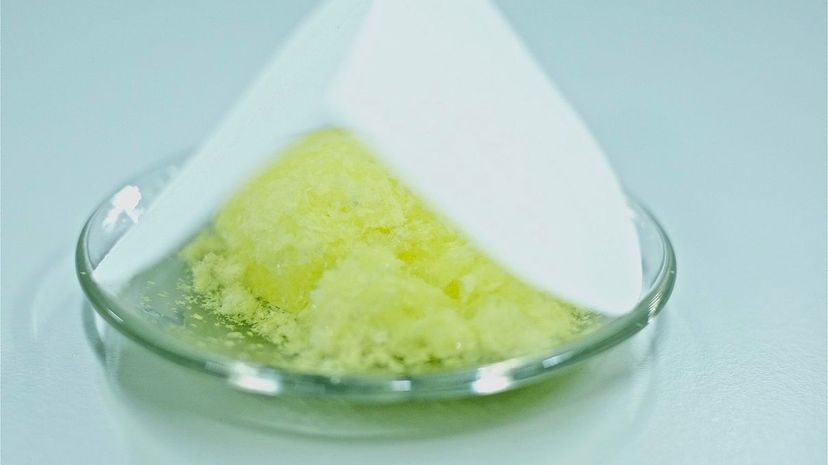
Watch glasses have many different uses. When working in a laboratory, you can use them to cover beakers, perform evaporation of various liquids, view things placed in the glass under a microscope and many other applications.
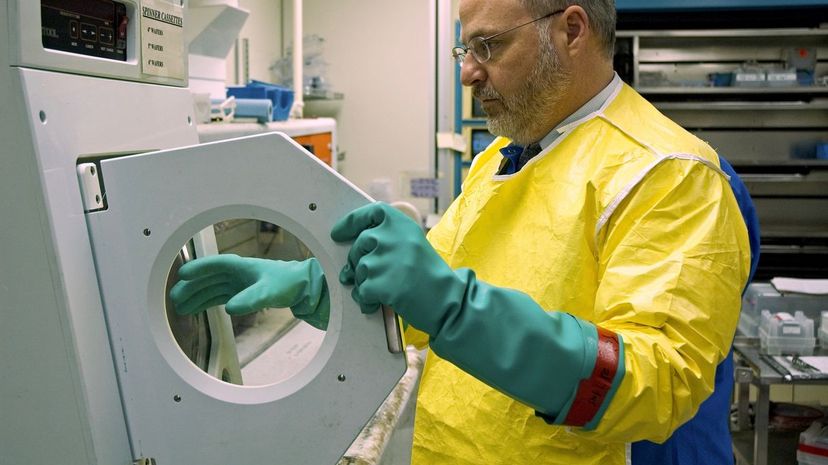
Chemicals can be dangerous and taking the correct precautions while working with them is essential. This means wearing the correct safety equipment. A protective apron is used to help protect you from any spills that might occur.
Advertisement
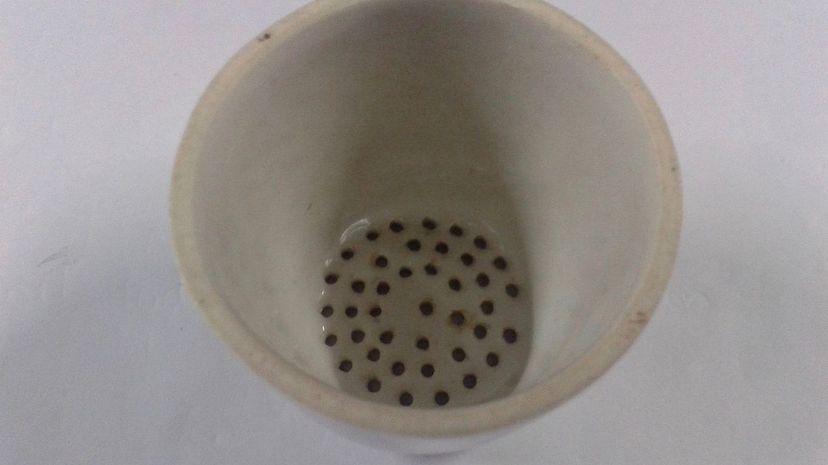
When you need to melt or burn a solid over a flame, you would first place it in this container - a crucible. Made of ceramics that are resistant to heat, they cannot break.